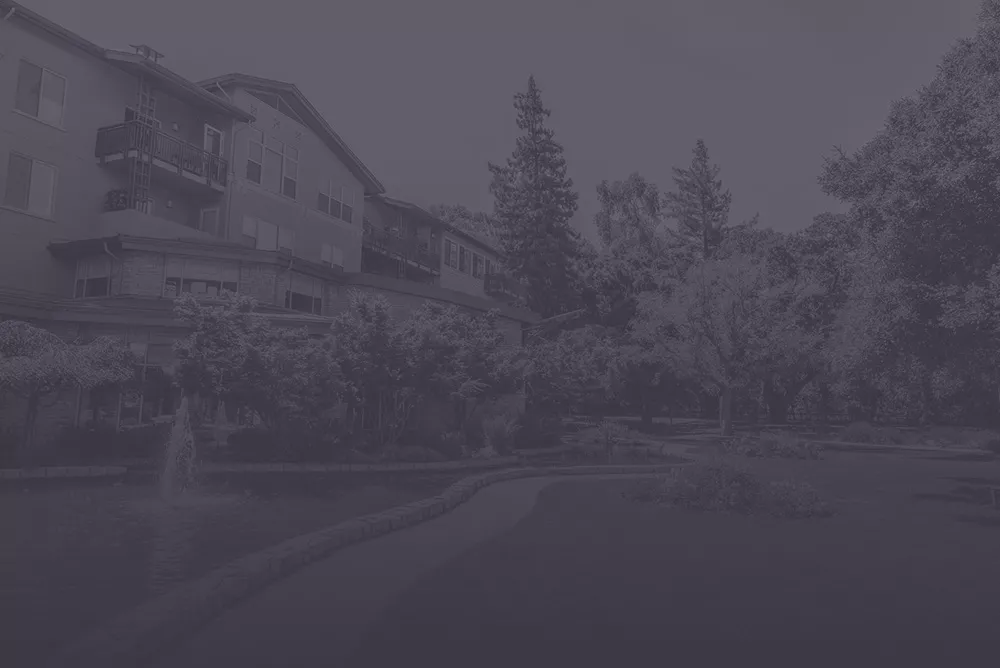Skilled nursing was one of three health care sectors to experience an increase in Medicare spending, while spending overall for 32 million Medicare beneficiaries declined in 2020.
An analysis conducted by the Kaiser Family Foundation confirmed SNF spending experienced a 4.4% bump, or $1.1 billion increase between 2019 and 2020, despite a decrease in utilization; about 200,000 fewer Medicare beneficiaries were using SNF services in 2020, according to the KFF analysis.
Hospice and Medicare Part B also saw an increase in spending, the analysis found.
The number of traditional Medicare beneficiaries using SNFs has declined by one-third in the last decade to land at 1.3 million enrollees in 2020 – the lowest number of Medicare SNF users in a decade.
Still, beneficiaries that did choose to go to a SNF cost $2,724, or 16.3% higher in 2020 compared to 2019. That was driven by an increase in spending per day of $44 and a rise in average length of stay by 1.6 days, KFF researchers found.
KFF expects SNF spending among Medicare beneficiaries to continue, but at a slowed pace as public health emergency (PHE) waivers expire. “Small year-over-year” increases are expected through the end of the decade.
Researchers at KFF attribute the increase in part to a change in payment models – the Patient-Driven Payment Model (PDPM) was introduced to beneficiaries in October 2019. The Centers for Medicare & Medicaid Services (CMS) sought to keep the new model budget neutral, but ended up increasing payments by 5%, or $1.7 billion, in 2020.
The agency’s proposed rule currently includes a 4.6% cut to PDPM in order to curb increased spending.
Longer and more expensive stays contributed to the increase as well. Most people were avoiding or unable to undergo surgeries that would require rehabilitation during the first few months of the pandemic, leading to more intensive care needs later in the year that couldn’t be accommodated in other settings, according to the analysis.
Waiving the three-day stay requirement for a SNF stay under Medicare played a role too, KFF researchers found, with more than 15% of SNF stays in 2020 covered by the PHE waiver.
“The mix of patients also likely changed, as Medicare beneficiaries with COVID-19 were 66% more likely to be discharged from the hospital to a SNF than non-COVID patients,” authors noted.
KFF said Medicare beneficiaries under the age of 65, which account for less than 10% of those using SNF services, made up a “disproportionately large” portion of Medicare skilled nursing spending between 2019 and 2020.
“This group accounted for 26% of the increase in SNF spending between 2019 and 2020. This is because both the average length of stay and the spending per day for these beneficiaries rose more than for beneficiaries ages 65 and older,” KFF researchers explained.
Medicare beneficiaries under the age of 65 were staying about two days longer than they had prior to 2019, while those 65 and older were staying 0.9 days longer.
Coupled with the three-day stay, CMS waived the 100-day benefit period for those with Covid-19, meaning Medicare beneficiaries recovering from the virus could renew their SNF benefits for another 100 days of care.
“This may have contributed to the longer average length of stay,” KFF added in its analysis. “In addition, it is possible that COVID-positive patients may have opted to stay longer in a SNF instead of going home and potentially infecting family members.”
Operators wouldn’t have had a strong incentive to send patients home either, given high Medicare margins for SNFs.
The spending increase follows a gradual decline in SNF service spending since 2012 because of productivity adjustments in the Affordable Care Act, KFF said. Accountable care organization (ACO) expansion since 2012 further reduced SNF spending prior to the pandemic.


